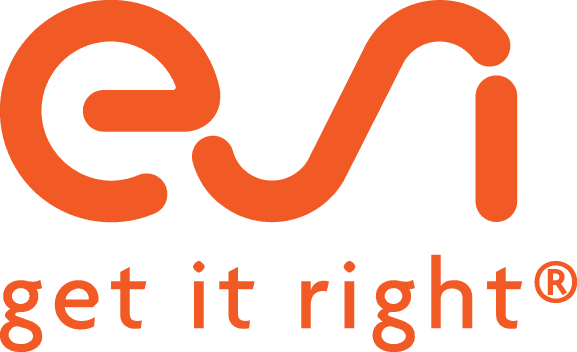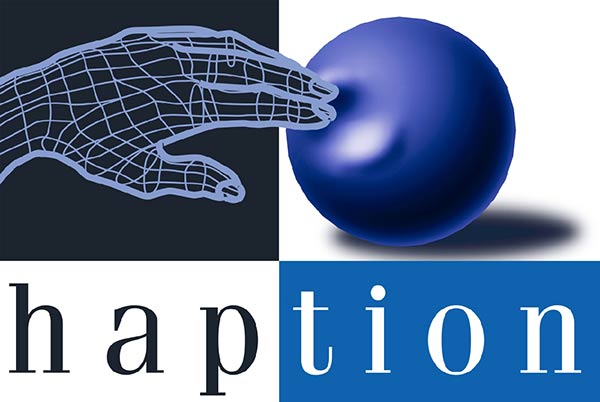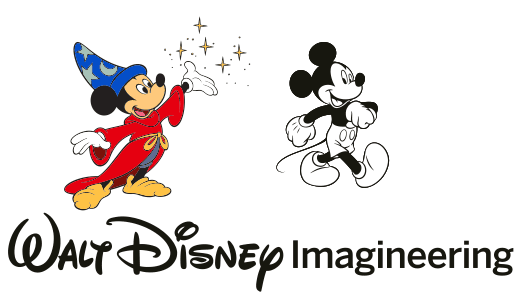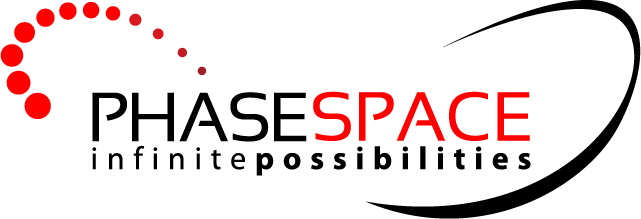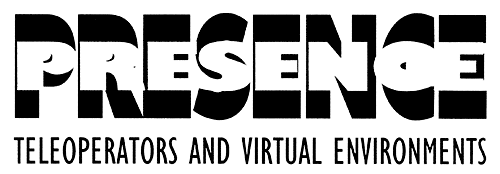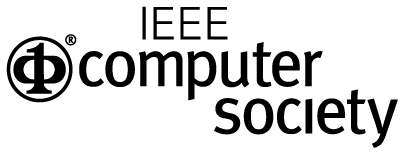Reviewing Guidelines
IEEE VR is a high-quality conference with a competitive submission process and low acceptance rates. IEEE VR has a rigorous reviewing process that is similar to the processes used by ACM SIGGRAPH, ACM UIST, and IEEE ISMAR. Every submitted paper is subjected to this process.
As a reviewer, your work is of vital importance to the conference and we rely on your expertise and good work to be able to generate an outstanding program. The key points in undertaking reviews are:
- The main criterion for a review is: Does the submitted paper present substantial new research to the field of Virtual Reality?
- Reviewers rate the paper using a 5-point ranking scale and provide a written evaluation; your written evaluation must support your numeric ranking.
- This is followed by a discussion period where all reviewers can compare and adjust their evaluations. Please, use this period to arrive at a common evaluation of the submission.
First off - Reviewer Profile
First, log into the Precision Conference System (PCS) and complete your profile describing your expertise in the different topic areas for submissions. List all topics that you feel qualified for. Be really honest, that will help the program committee members to judge adequately if you are the best person to do a specific review.
What to look for
The main criterion for accepting a paper is the novelty of the contribution. Describe, what is stimulating and novel about the presented work. A good submission should also be technically correct and adhere to the standards of academic writing. Minor errors and flaws can be corrected and should not be a reason for rejecting a paper.
Numeric ratings and written evaluation
Submissions are rated in the review form on a numeric scale from 1 to 5 starting at 1 (definitely reject) to 5 (definitely accept). Be as precise in your rating of a submission as possible. Moreover, your written evaluation must support the numeric rating. The written evaluation should always indicate why the specific rating was given; if a submission should be accepted, be sure to state the reasons for it; if a submission should be rejected, again list the arguments against it. For example, your review may be discounted, if you rate a paper highly, but only describe its flaws.
Paper length
IEEE VR invites submissions of papers up to 10 pages in length. The acceptance for publication will be partly based on the contribution per page of the paper. For example, a paper in eight pages will be expected to have more contribution than one with four pages. Please, evaluate the paper based on the presented length and form. Do not discount a short paper, because the authors could have shown more applications or evaluated against another concept or system. Similarly, if possible, do not recommend to shorten a long submission to a shorter version. If the paper cannot be accepted in its submitted form, then describe the reasons for this.
Papers vs. Posters
Posters, as in previous years, are considered to be the first presentations of novel ideas without necessarily demonstrating substantial implementation or testing, or novel applications without significant new technical advancements so far. The main criteria for judging poster submissions are novelty and usefulness to the VR community.
VR posters should not contain work that has previously been presented at VR or elsewhere. Therefore, if a paper builds on the related work of a poster previously presented at IEEE VR, this is valid, but the previous work should be cited accordingly in the poster abstract.
"Flawed" papers
Reviewers should be careful to not immediately dismiss a submission that appears to have a flaw (e.g., in a user study) but is otherwise innovative or interesting. It is possible that such a paper would be accepted if the issues were addressed in some way during the shepherding process, e.g., by removing the associated prose, or adding prose (e.g., in the conclusions of the paper) that acknowledges the issue.
Discussion period
Following the review, the program committee member assigned to the submission will open a discussion about the evaluation to arrive at a consensus opinion and decision on the submission. This step is important to make the final decision more comprehensible to the authors. Please, follow the invitation and participate in the discussion. You will be able to read the other reviews, post messages, and revise and update your own review. The program committee member will usually also let you know about their recommendation.
Presentation of the review
In writing your review, please be polite to authors. Even if you rate a paper poorly, you can critique it in a positive voice. As part of polite reviewing practice, you should always state what is good about a paper first, followed by your criticisms. If possible, you should offer suggestions for improvement along with your criticism.
Timely reviews
Please, finish your review on time. After all reviews are completed, the discussion period starts, and finally, the assigned program committee member will write a meta-review capturing the outcome of the reviewing process, before the program committee meeting. This process needs some time, and relies on all reviews being completed by the deadline.





